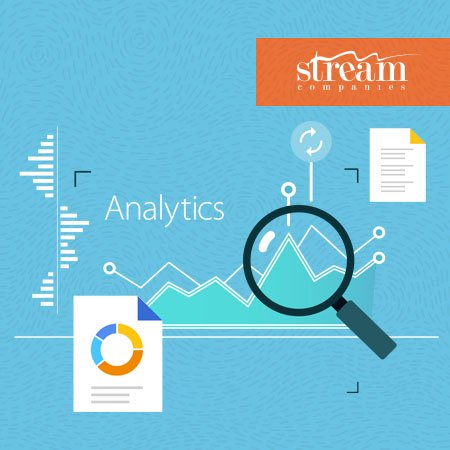For years, account managers have relied on Average Position to determine how well their ads are performing—and for good reason. Average Position describes where your ad ranks in relation to other ads on a given search engine results page (SERP). Conventional wisdom said that the higher this metric, the wider your audience.Over time, Google has made a lot of changes in how it presents ads. These changes mean Average Position is far less useful than it used to be. In fact, Google is getting rid of this outdated metric in September 2019.
Luckily, there are four new and improved metrics that are more helpful for today’s PPC environment. Read on to learn more about these new metrics so you don’t get caught off guard a few months from now.
The Problem with Average Position
Average Position shows how your position compares to other ads, but this doesn’t tell the whole story. For instance, your ad may rank in the number one ad spot—but that doesn’t necessarily mean it’s at the top of the SERP. For less commercial keywords, it might be showing up below organic search results.
- What Average Position Tells: Your ad’s performance relative to other ads on the SERP
- What Average Position Doesn’t Tell: Your ad’s overall position on the SERP
This was helpful back when ads showed up in their own sidebar on a SERP. Now that Google mixes ads in with its other results, the metric’s usefulness has dwindled. That’s why Google recently launched four new metrics to help you understand ad performance in the current PPC landscape.
The New Metrics
Luckily, these new metrics are already available, so you can get used to using them before Average Position goes away in September. You can even compare these metrics to your current Average Position benchmarks to create new standards for your company’s ad performance. Let’s break down what each metric measures and what it can tell you.
The four new metrics replacing Average Position are:
1. Search Top Impression Rate, or “Impr. (Top) %,” tells you what percent of the time your ad appeared above organic search results. It’s calculated by:
Impr. (Top) % = Impr. (Top)/Total Impressions
2. Search Absolute Top Impression Rate, or “Impr. (Abs. Top) %,” is a little more specific. It measures what percentage of your impressions were the very first result on the page. This is calculated by:
Impr. (Abs. Top) % = Impr. (Abs. Top)/Total Impressions
We recommend using these two metrics to understand the click-through rate of your ad. When either of these percentages begin to rise, you should expect your click-through rate to also increase.
3. Search Top Impression Share, or “Search top IS,” shows how often your ad actually appears above organic search results vs. how many opportunities it has to appear there. In other words:
Search top IS = Actual Top Impressions/Eligible Top Impressions
4. Search Absolute Top Impression Share, or “Search abs. top IS,” shows how often you get first-position impressions vs. how many opportunities you had for that position:
Search abs. top IS = Absolute Top Impressions/Eligible Absolute Top Impressions
What Next?
As you can see, these new metrics show much more of the story than Average Position. Whether you’re an account manager or a business owner, start playing with these new metrics now. That way, you’ll be ready when Google rids of Average Position in September.
Here at Stream, we’re already taking a look at how these new metrics affect our reporting. This includes creating new benchmarks to measure how successful a campaign is. We’re also finding out how these metrics can help us improve our clients’ ad performance.
Ready to see how we take advantage of the latest reporting updates to improve your business’ PPC conversions? Contact Stream Companies today to start getting more out of your limited ad budget.

